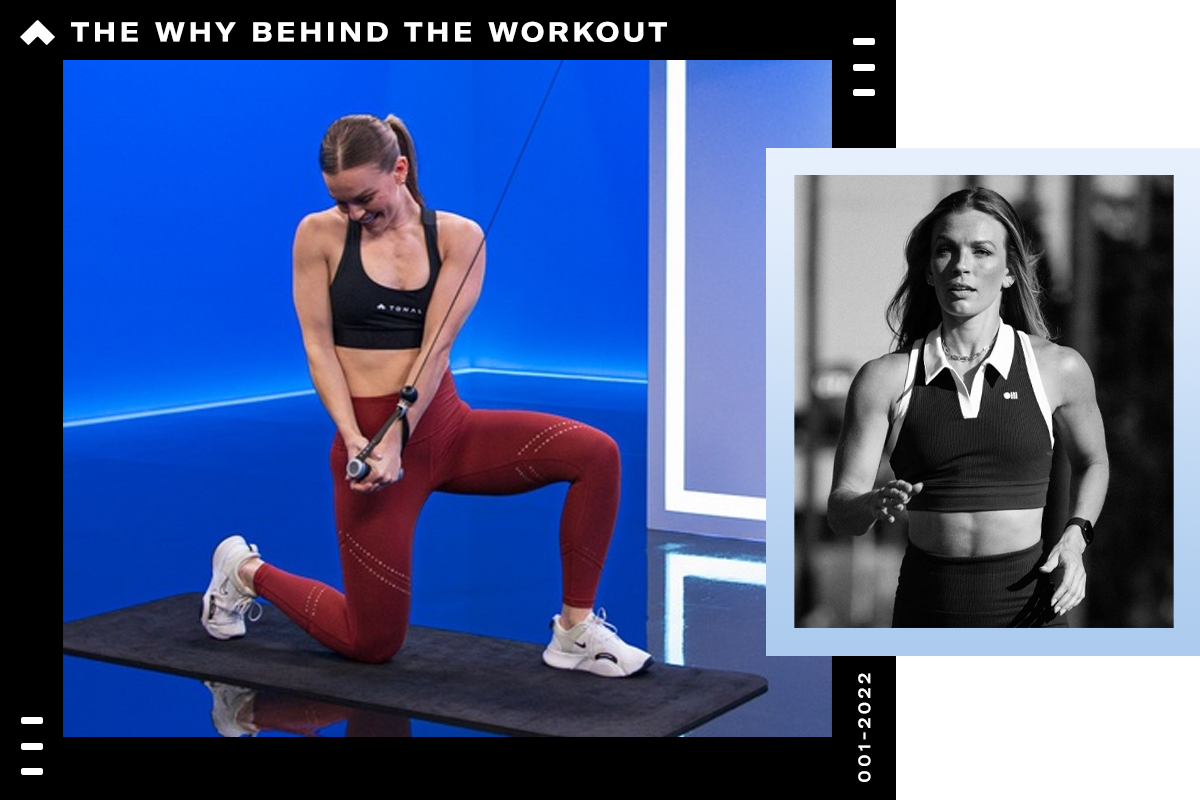Runners can last longer and go faster by adding weight lifting to their routine.

Going the distance requires a lot of commitment: Early morning miles; weekend long runs; short speed workouts around the track. But one of the most overlooked ways to run stronger is to carve out some time in your training plan for strength training.
There’s no reason runners shouldn’t include strength training into their routines, and plenty of reasons that they should: Strength training boosted long-distance running economy by two to four percent in a 2017 systematic review published in the journal Sports Medicine, and helped athletes increase their time to exhaustion when running at max speeds by 21 percent, according to another study published in Medicine & Science in Sports & Exercise.
Plus, strength training prevents injuries by strengthening muscles and connective tissues. In fact, it could reduce the risk of overuse injury by up to 50 percent, according to a meta-analysis published in the British Journal of Sports Medicine.
While exercises using lighter weights (or even bodyweight) might be enough to grow your muscles, it’s heavy lifting that leads to more significant strength gains, a 2021 study in Medicine & Science in Sports & Exercise determined.
The problem: Runners want to run. When you’re logging 15 or 30-plus miles per week, it’s hard to find extra time to squeeze in strength training, let alone understand how to program your workouts, how to progress your weights, what correct form looks like, and so on.
That’s where Tonal comes in. Tonal solves all the problems of trying to DIY a strength-training program: Once you perform an initial fitness assessment to establish your starting point, the trainer sets the optimal digital weight for every movement so you’ll get the most out of every rep. Not only does it use unique motion sensors to provide real-time guidance tailored to your form and technique, but it also progressively increases the resistance in one-pound increments as you get stronger. And it offers unique features such as Spotter mode which can detect signs of struggle or fatigue and automatically decrease the weight at any point in your lift, so you can finish safely.
In other words, Tonal makes your strength training routine so convenient and easy, you don’t have to do anything but show up. And as a runner, you already know how to do that.
That’s why endurance runners, from elite to recreational, rely on Tonal. Pros like Olympic marathoner and New York City Marathon champion Shalane Flanagan—who just ran all six World Marathon Majors in 42 days (each one under 2 hours and 46 minutes!)—and Olympic marathoner Aliphine Tuliamuk are both dedicated users. And amateur runners like the three members below are turning to Tonal in lieu of personal trainers to train smart and finish strong on race day.
From a scheduling perspective, most trainers recommend two to three days of strength training per week for runners. But two days is plenty, according to a 2020 study published in the Journal of Strength and Conditioning Research. After comparing two groups of female participants over 60 who performed resistance training either two or three times a week, the study found no major difference between the two groups.
Just remember, strength training doesn’t have to take time away from running, and it doesn’t have to be intimidating. With the right tools and the right trainer, you can get the most out of every rep—so you get more out of every step.





